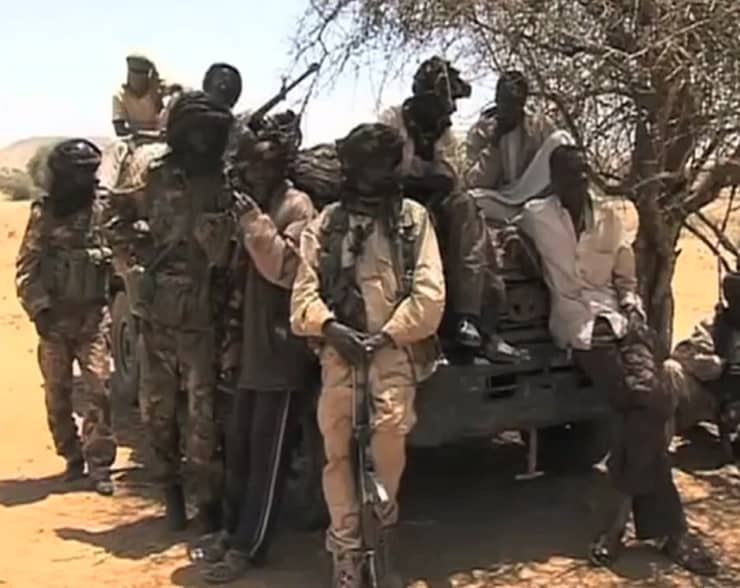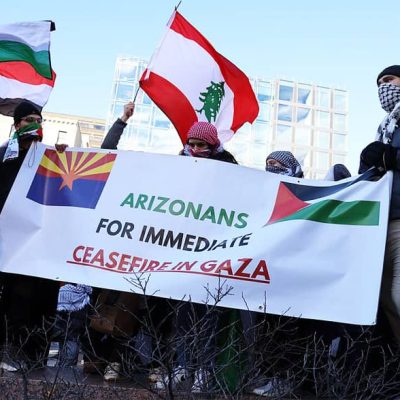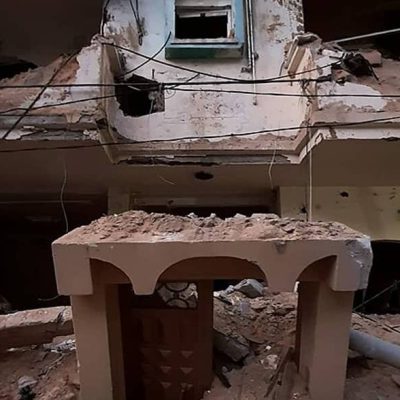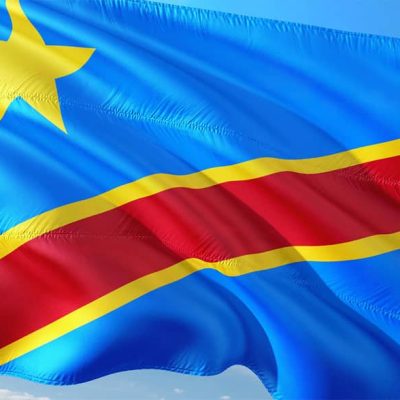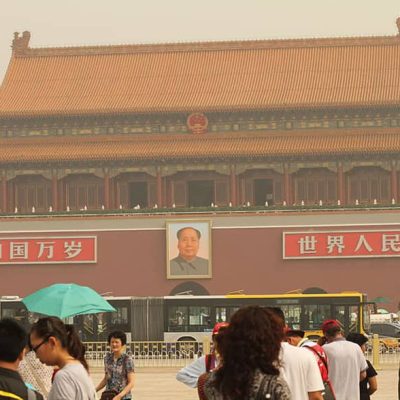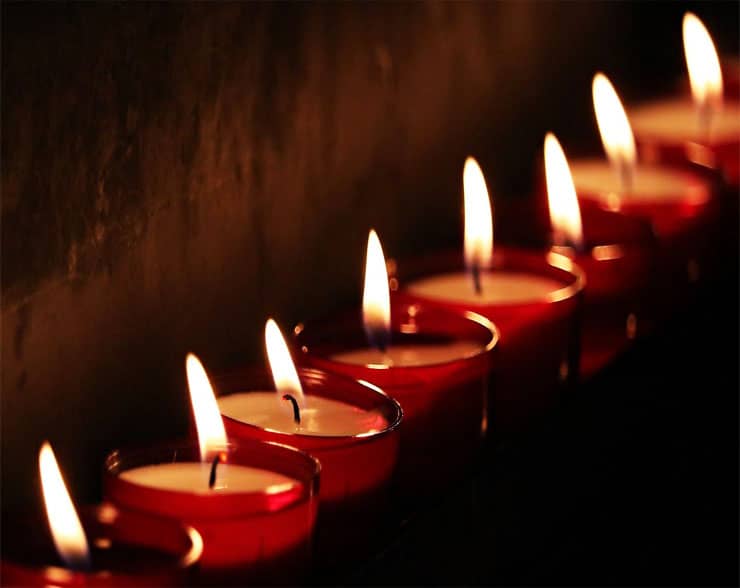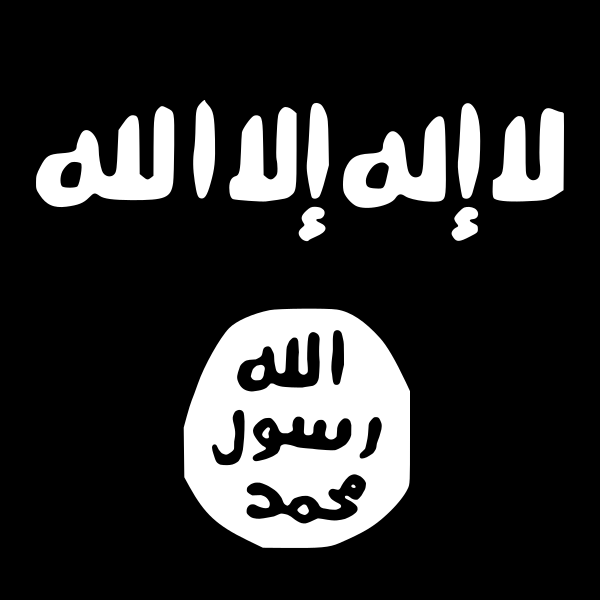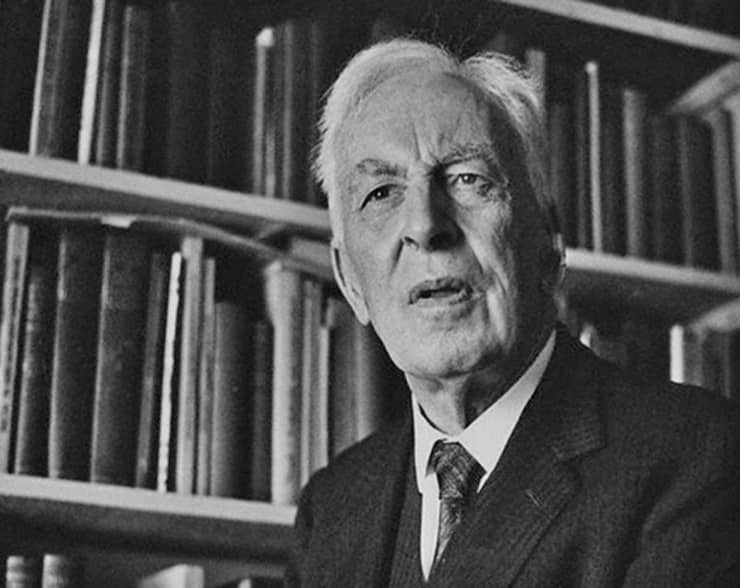 Rapprochement of Cultures.
Rapprochement of Cultures.
Arnold Toynbee: A World Citizens view of challenge and…
Featured Image: Arnold Toynbee. By Atyyahesir, CC BY-SA 4.0 https://creativecommons.org/licenses/by-sa/4.0, via Wikimedia Commons.
Arnold Toynbee (1889-1975) was a historian, a philosopher of history, and an advisor on the wider Middle East to the British Government. Already a specialist in Greece and the Middle East from his university studies; and in the intelligence services during the First World War; he was an expert delegate on the English delegation to the Paris Peace Conference of 1919.
Our modern Western nationalism has an ecclesiastical tinge, for, while in one aspect it is a reversion to the idolatrous self-worship of the tribe which was the only religion known to Man before the first of the ‘higher religions’ were discovered by an oppressed internal proletariat…it is a tribalism with a difference. The primitive religion has been deformed into an enormity through being power-driven with a misapplied Christian driving force.
Arnold Toynbee A Study of History.
Classical Greece and Decadence of a Civilization.
The breakup of the Ottoman Empire and the creation of new states in the Middle East followed. Also there was the start of Zionist activities in Palestine and frontier and population transfers between Greece and Turkey – all issues on which Arnold Toynbee gave advice. He became director of studies of the Royal Institute of International Affairs (Chatham House) an early “think tank” created to advise the British Government (1).
At the same time that he was an advisor on the Middle East (Chatham House producing a respected Yearbook on world affairs); Toynbee continued writing on the classical antiquity of Greece and Rome; much influenced by the spirit of Thucydides. Toynbee was struck by the alternative between union and division as the defining characteristic of classical Greece. These were the centuries of the flowering and then final decadence of a civilization; which bears remarkable parallels with the history and perspectives of modern Europe.

Original bust is a Roman copy (c. 100 CE) of an early 4th Century BCE Greek original, and is located in Holkham Hall in Norfolk, UK. By user:shakko, CC BY-SA 3.0 https://creativecommons.org/licenses/by-sa/3.0, via Wikimedia Commons.
The Vision of World Citizens.
Toynbee argued that Greece’s economic development; based on colonization and commerce; together with the maintenance of the political sovereignty of the very small territorial units of the city-state; created an imbalance that could not last. The city-states; if they did not want to return to autocracy and economic backwardness; should have created a pan-Hellenic political organization to manage problems. In the same way that Greece failed to mitigate the anarchic character of relations between city-states; Western civilization may flounder and fail.
As Toynbee wrote in Mankind and Mother Earth:
“Evidently few people are ready to recognize that the institution of local sovereign states has failed repeatedly, during the last 5,000 years, to meet mankind’s political needs, and that, in a global society, this institution is bound to prove to be transitory once again and this time more surely than ever before.”
Toynbee placed his hope in creative leaders; those with the vision of world citizens; who, seeing the challenges of the times; would respond with the creation of new more just and peaceful institutions. He placed high hopes in those working for a united Europe which would put an end to the Germany-France-England tensions which had led to two World Wars (2). Toynbee believed that civilizations declined when their leaders stopped responding creatively.
However, unlike Oswald Spengler in his Decline of the West (1918), Toynbee believed that decline was not inevitable, but that there could be regenerative forces in response to challenges. Those with a world vision and strong energy must come to the fore. Toynbee’s call to enlightened leadership remains a call to us for action.

Rene Wadlow, President, Association of World Citizens.

President, Association of World Citizens (AWC).
Estudied International relations in The University of Chicago.
Estudied Special Program in European Civilization en Princeton University
Here are other publications that may be of interest to you.
Kenneth Waltz: The Passing of the Second Generation of the Realists.
The death of Professor Kenneth Waltz; on 12 May 2013 in New York City; at the age of 88; marks the start of the passing of the second generation of…
Benjamin Ferencz, Champion of World Law, Leave a Strong Heritage on Which To Build.
Featured Image: Prosecutor Benjamin Ferencz at the Einsatzgruppen Trial in Nuremberg. Ferencz was a civilian employee with the OCCWC, thus the picture showing him in civilian clothes. The Einsatzgruppen Trial (or „United…
Bronislaw Malinowski: Understanding Cultures and Cultural Change.
Featured Image: Bronislaw Malinowski (1884-1942), Professor of Anthropology. By Library of the London School of Economics and Political Science, No restrictions, via Wikimedia Commons. Bronislaw Malinowski (1884-1942) whose birth anniversary…
Arnold Toynbee: A World Citizens view of challenge and response.
Featured Image: Arnold Toynbee. By Atyyahesir, CC BY-SA 4.0 https://creativecommons.org/licenses/by-sa/4.0, via Wikimedia Commons. Arnold Toynbee (1889-1975) was a historian, a philosopher of history, and an advisor on the wider Middle…




